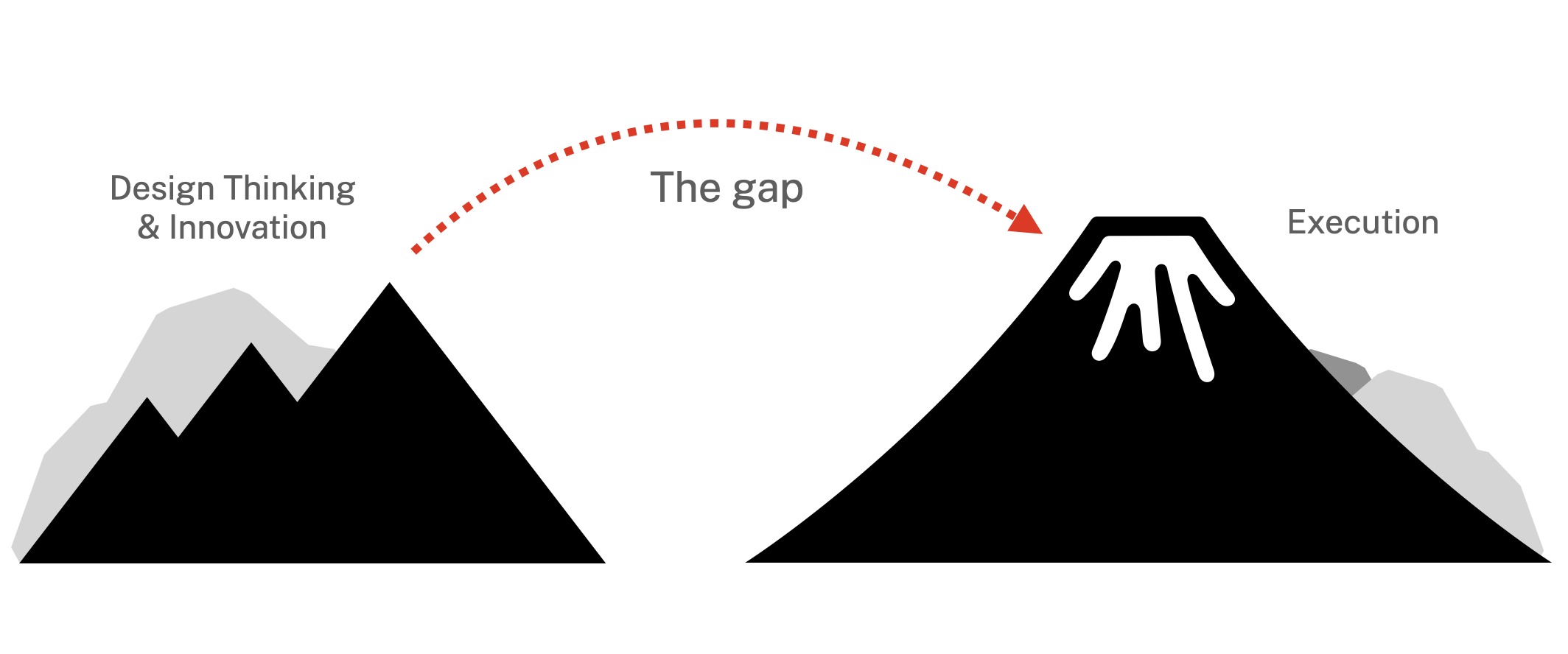Design thinking has been hailed as a magical process for solving complex problems by bringing together diverse perspectives and applying empathy to the needs of users. By facilitating cross-disciplinary collaboration and the exchange of information, ideas, and research, design thinking has offered a structure for addressing big, knotty problems and articulating the value of design. However, as with any process, there are limitations to design thinking that must be acknowledged in order to move forward.
A magical process for solving complex problems
Design thinking may be aimed at the start of the product development process, but not its conclusion.
One of the promises of design thinking is the infusion of optimism that it provides. It makes for a good story to say that there is a foolproof process that will lead to results no matter who runs it. However, in reality, execution has always been missing link for design thinking. Some versions of the process even omit that crucial final step of implementation.
The tools of design thinking may be aimed at the start of the product development process but not its conclusion. When following up with teams to learn which workshop ideas had made it to production, the answer is often: “in the old way,” with a few lone geniuses working separately and then selling their almost fully realized ideas to top stakeholders.
